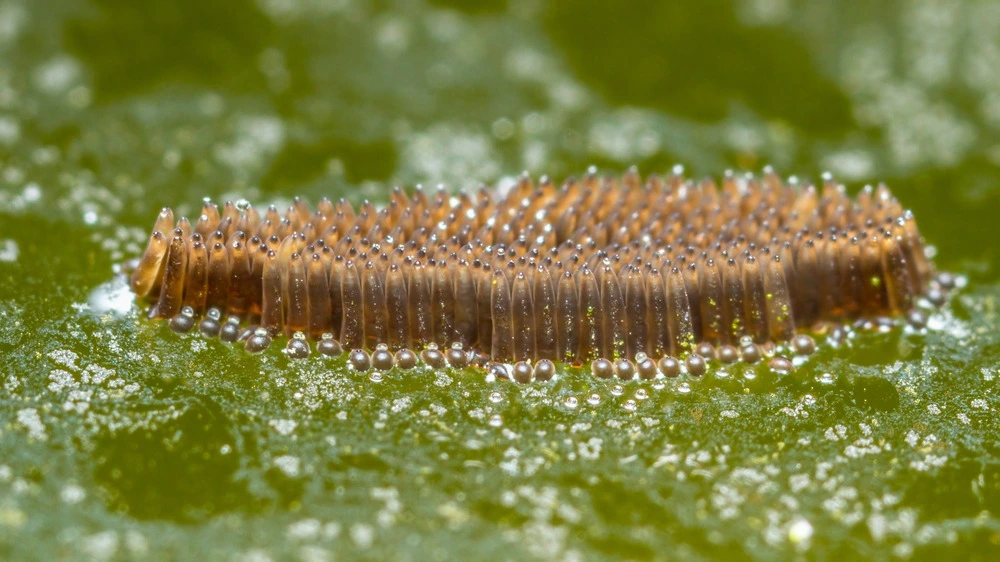A Guide to Insect Egg Identification

Walking around your property, you may spy little eggs on leaves and in your garden area. There’s a high likelihood you’re looking at insect eggs just waiting to hatch. Understanding some basic insect egg identification can help you know what types of eggs they are and when you should be concerned about their presence.
At Mosquito Joe®, we know all about insect eggs and the nuisance they can cause. Our tell-all guide will provide further insight.
Why Should You Care About Insect Eggs?
You should care about insect eggs because insects lay eggs in large quantities. The sooner you can remove the eggs, the more insects you can prevent from hatching. Understand what you’re looking at when you are checking your property for insect eggs by looking for some of the more common characteristics.
Common Insect Egg Characteristics
Color
Depending on the species, insect eggs come in various colors, such as:
- White
- Yellow
- Green
- Brown,
- Spotted/patterned
Shape
Some insect eggs can be round, oval, or barrel-shaped, while others can have a cylindrical or flat appearance.
Size
Insect eggs come in various sizes, ranging from specks to pellets. Mosquito eggs are about one millimeter in length, and wasp eggs generally are about the size of a sand grain. The largest known egg laid by an insect is actually from the Malaysian stick insect, estimated to be about half an inch long and bigger than the peanut size!
Arrangement
If you were to look at the finished product of an insect laying eggs, you would be impressed. Some lay their eggs in different forms, such as clusters, rows, or spirals. Other species will lay single eggs in various spots throughout an area.
Texture
We wouldn’t recommend touching them, but insect eggs have different textures. Some are smooth, while you may come across a hairy egg.
Identifying Specific Insects by Their Eggs
With over a million different insect species, it’s no surprise that insect eggs characteristics vary. We’ll dive into a few of the most common eggs you’re likely to find in your yard.
White Insect Eggs
Whiteflies: Adult whiteflies place their tiny white eggs on the undersides of leaves in concentric patterns from the bottom to the upper portion of a plant. These insects can produce as many as 200 to 400 eggs.
Cutworms: The cutworm’s white eggs show up on grass and weed stems and in the soil surrounding plants. The eggs tend to become darker right before hatching.
Yellow Insect Eggs
Aphids: Bright yellow in color, aphid eggs are often found on rose bushes, milkweeds, and other plants. Aphid-affected plants show stunted growth and puckered leaves and typically die without proper treatment.
Spider Mites: The adults lay up to 200 eggs on the undersides of leaves. They can infest over 180 species of plants, stunting their growth and potentially killing them. Fruits, vegetables, herbs, and landscaping plants are susceptible to spider mites.
The Verdict: What to Do Once You’ve Identified Insect Eggs
Once you’ve found and identified insect eggs around your yard, you can try DIY methods to keep eggs and insects at bay. You can also call outdoor pest control like Mosquito Joe to come and remove them for you. In addition to helping you tackle insect eggs, we can also help with spotted lantern fly control and other pest treatments.
Plus, our Neighborly Done Right Promise™ ensures complete satisfaction starting with our first project together.
Request a free quote today to find out more!



